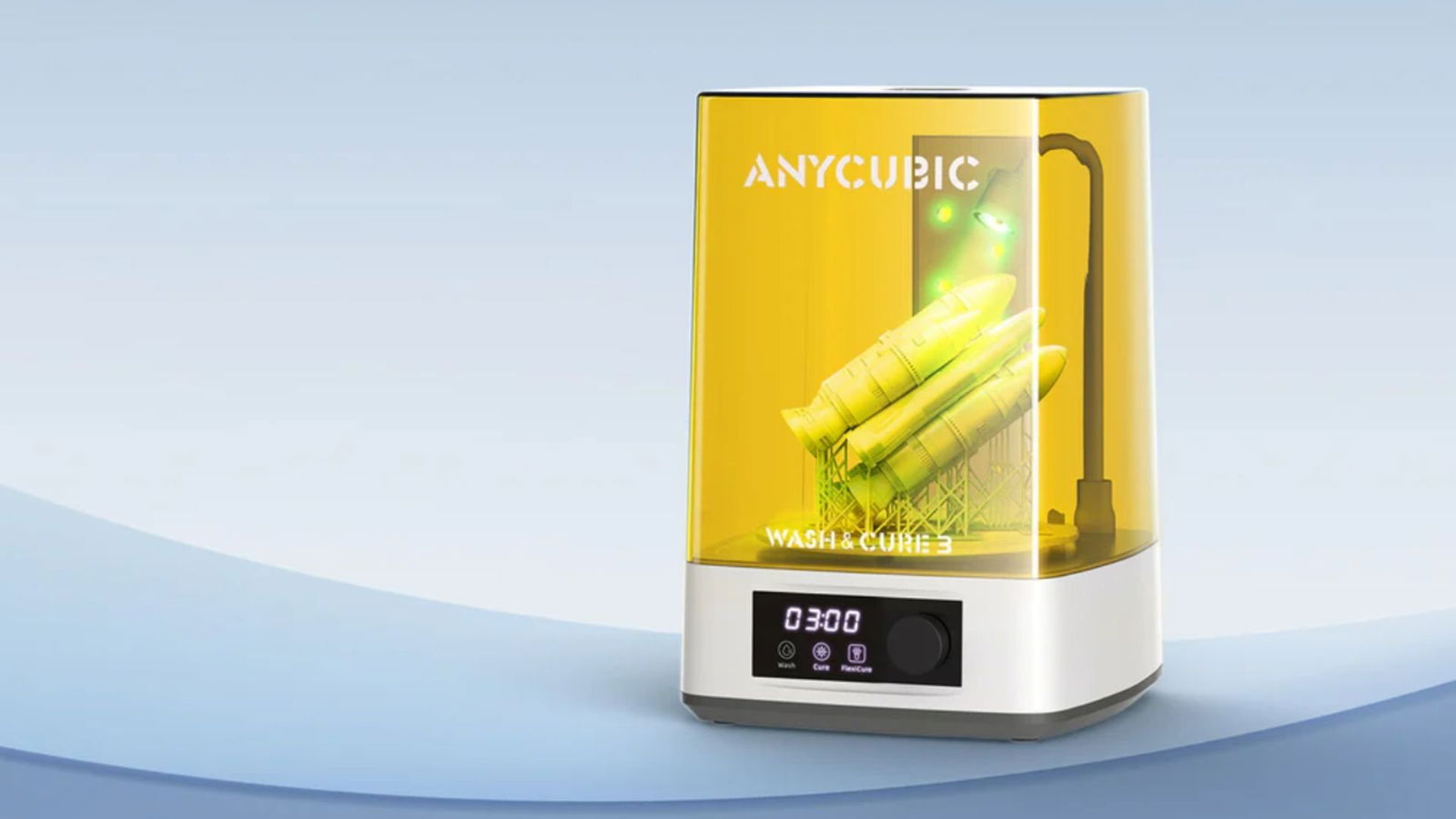Cronologia degli eventi
Martedì 27 maggio 2003
I redattori di THG comprano una Asus P4P800 (Rev. 1.02), in un rinomato negozio di computer. Già a un primo sguardo risultavano delle differenze tra il campione mandato alla stampa e quello comprato in negozio, nonostante il nome fosse lo stesso. In entrambe le piastre l'ultima versione del BIOS (1006 Beta 010) era installata in maniera identica. I risultati ottenuti dai nostri test di memoria dimostrano che la P4P800 retail ha prestazioni inferiori dell 11% rispetto al campione inviato alla stampa.
Mercoledì 28 maggio 2003
In mattinata abbiamo contattato la sede Asus di Taiwan chiedendo spiegazioni sul fatto. La sera stessa Asus Taiwan ha rilasciato un comunicato stampa , questo è l'originale.
| Taipei, Taiwan; May 28, 2003 - ASUSTeK Computer Inc. (ASUS), the worldwide leader of motherboards, today announced its P4P800 series motherboards, based on Intel's latest 865PE chipset, are able to active Intel's Performance Acceleration Technology (PAT) for robust computing. Currently, ASUS' 865PE motherboards are the only solutions in the market that provide this advanced feature. PAT is a trigger for extreme performance, boosting system performance by 3-5%. Combined with the 865PE chipset enabling an 800MHz system bus, it is designed for extreme performance. According to Intel, PAT is an exclusive technology for the 875P chipset, but with ASUS' strong engineering capability, the P4P800 series comes equipped with this feature as well. To activate PAT, simply go into BIOS setup utility. Here are the simple steps: 1) Enter BIOS setup utility ... Before deciding to include this performance enhancement feature, ASUS' research and development team conducted thorough and stringent tests on system stability to achieve an ideal balance between performance and reliability. |
Nello stesso momento abbiamo contattato Intel USA chiedendo spiegazioni, cioè se veramente la tecnologia PAT del chipset 875 (Canterwood) poteva essere attivata sul chipset 865PE (Springdale). Nel frattempo l'annuncio di Asus stava facendo il giro del mondo. Abbiamo concluso che le dichiarazioni di Asus erano in netto contrasto con quelle rilasciate da Intel alla stampa sulle capacità dei chipset 865 e 875.


